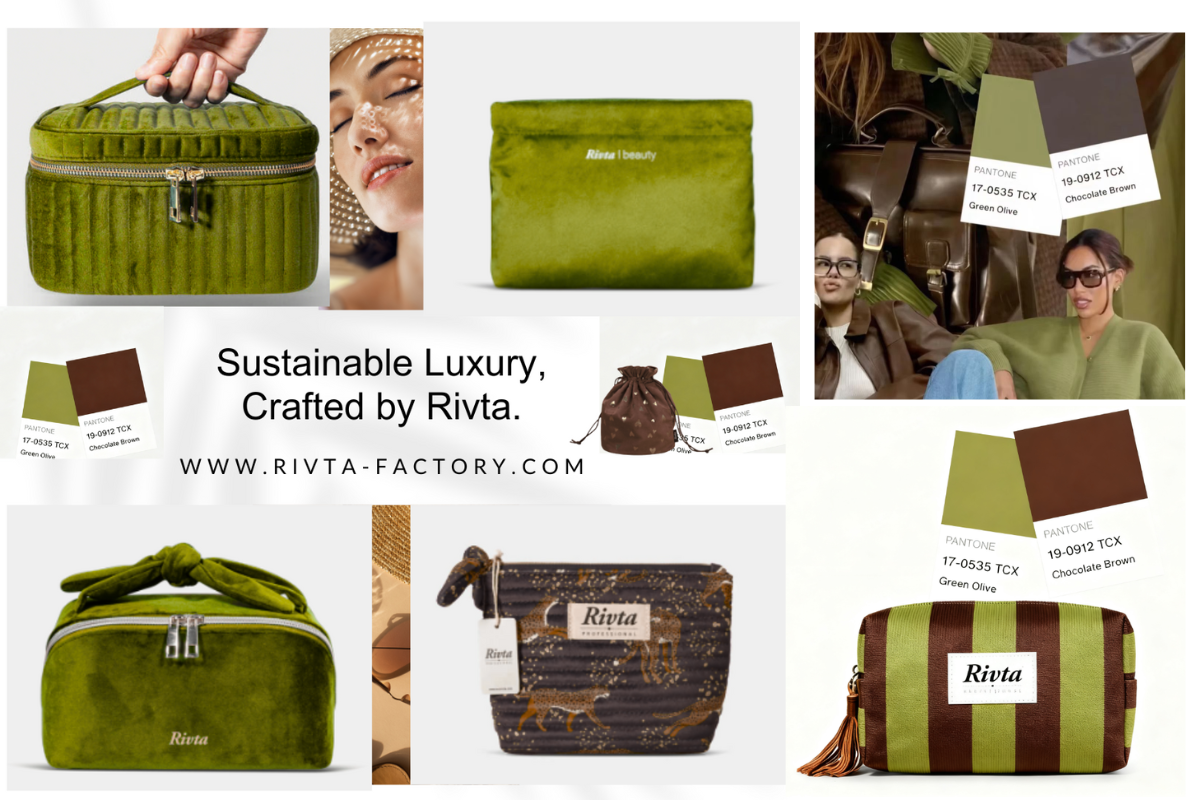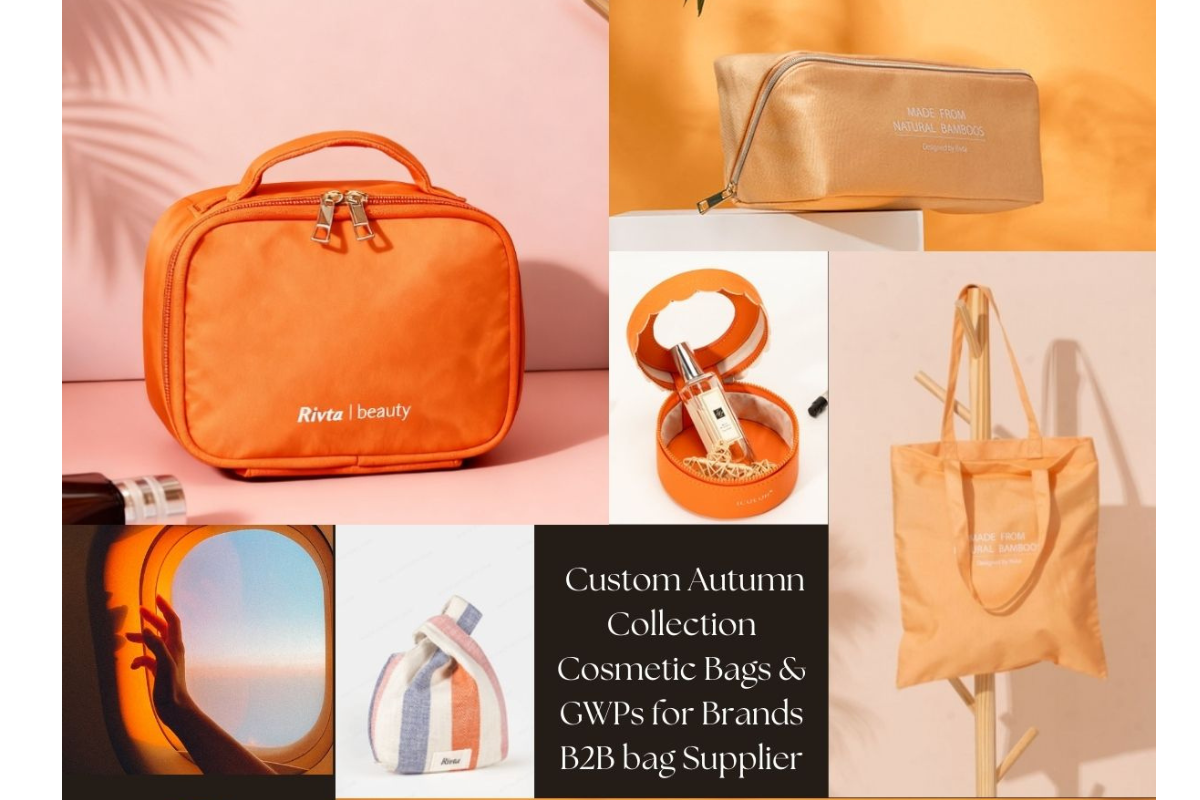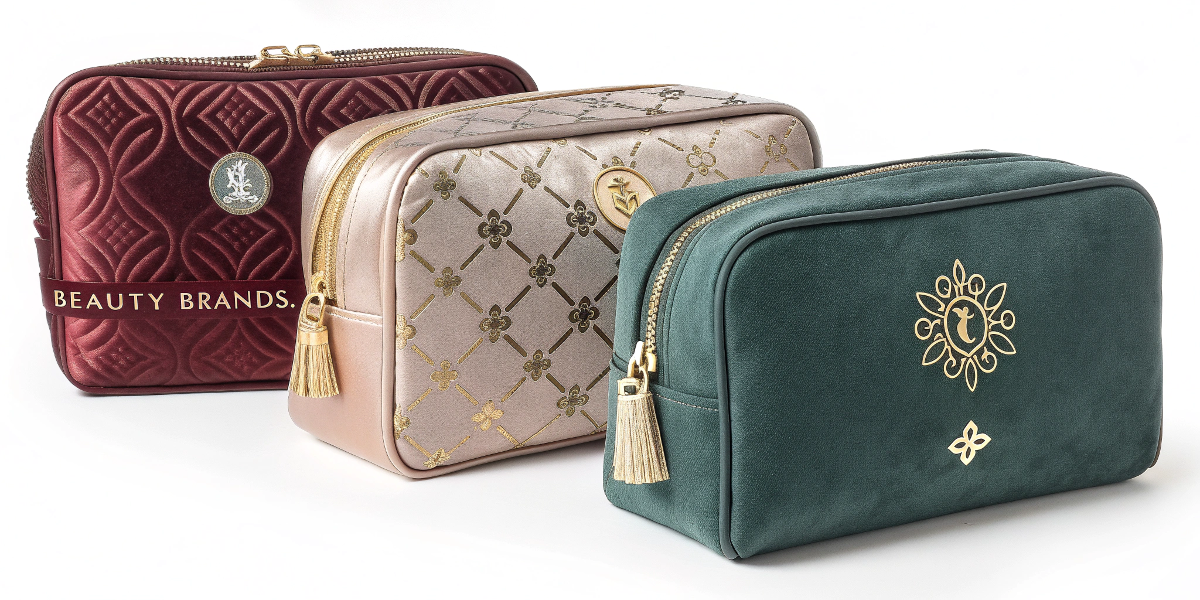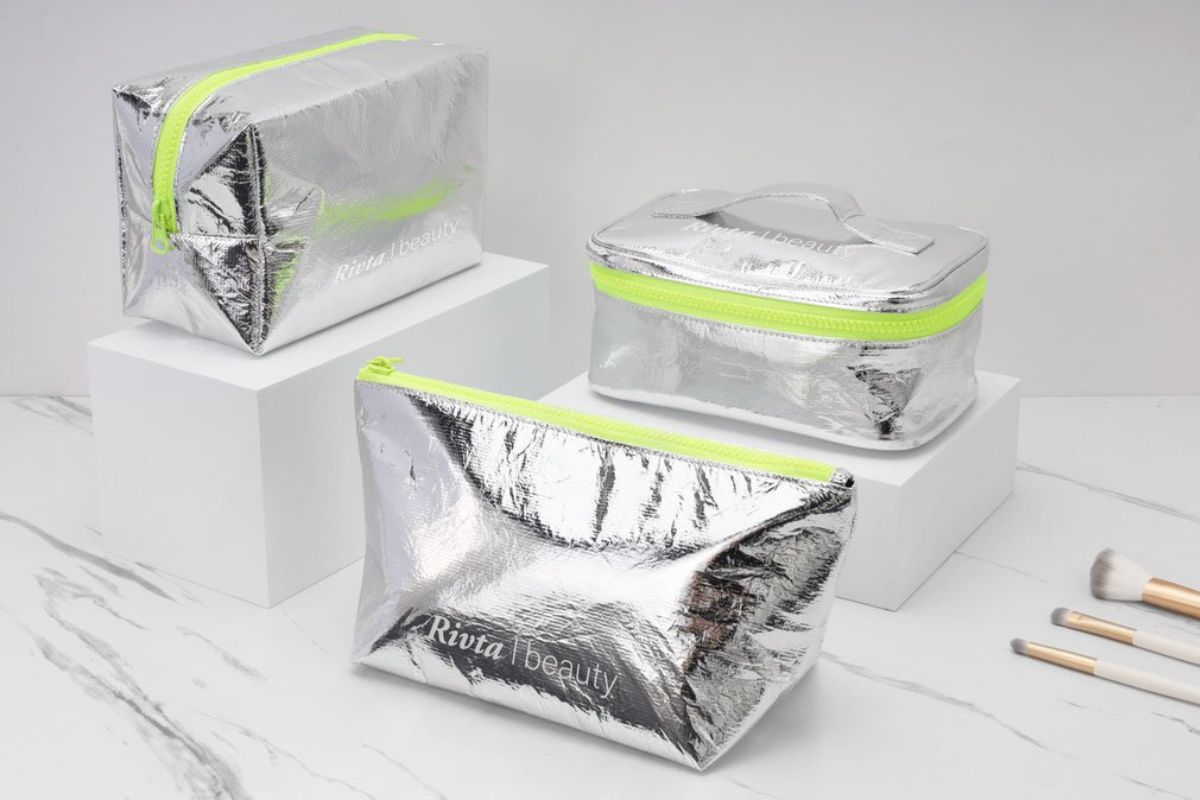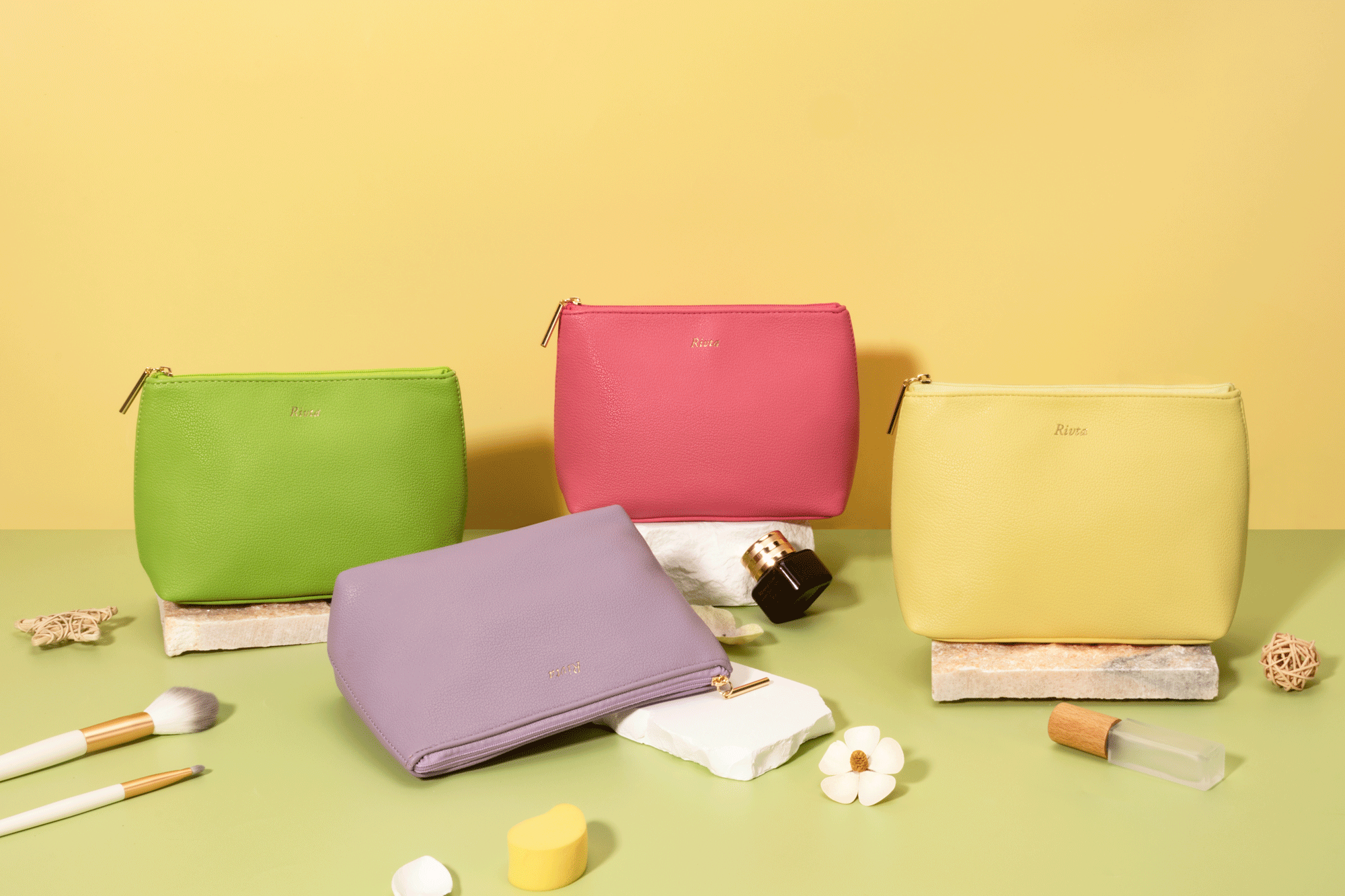OEM vs. ODM for Cosmetic Bags: A Critical Choice for Your Brand?
You are ready to manufacture cosmetic bags, but terms like OEM and ODM are confusing. Choosing the wrong path could cost you valuable time, money, and your competitive edge.
OEM (Original Equipment Manufacturer) means we build your unique design. ODM (Original Design Manufacturer) means you choose and brand one of our existing designs. OEM offers exclusivity but is slower, while ODM offers speed and lower startup costs.
Choosing between OEM and ODM is one of the most fundamental decisions a brand founder will make. It shapes your product development timeline, your budget, and ultimately, your position in the market. Since 1990, I've guided countless brands through this decision. I remember working with Alisa, a brand founder with a background in interior design. Her unique vision for aesthetics and practicality meant that for some products, OEM was the only way to go. But for others, speed was more important. There is no single "right" answer. The best path depends entirely on your brand's specific needs, resources, and goals. Let's clarify these two paths so you can choose wisely.
First, Let's Define the Terms: What Are We Really Talking About?
The jargon in manufacturing can feel like a barrier. This confusion can lead to misunderstandings with your supplier and costly mistakes in production.
OEM is when we manufacture a product based on your brand's unique design. ODM is when your brand selects, modifies, and puts its logo on a pre-designed product from our catalog.
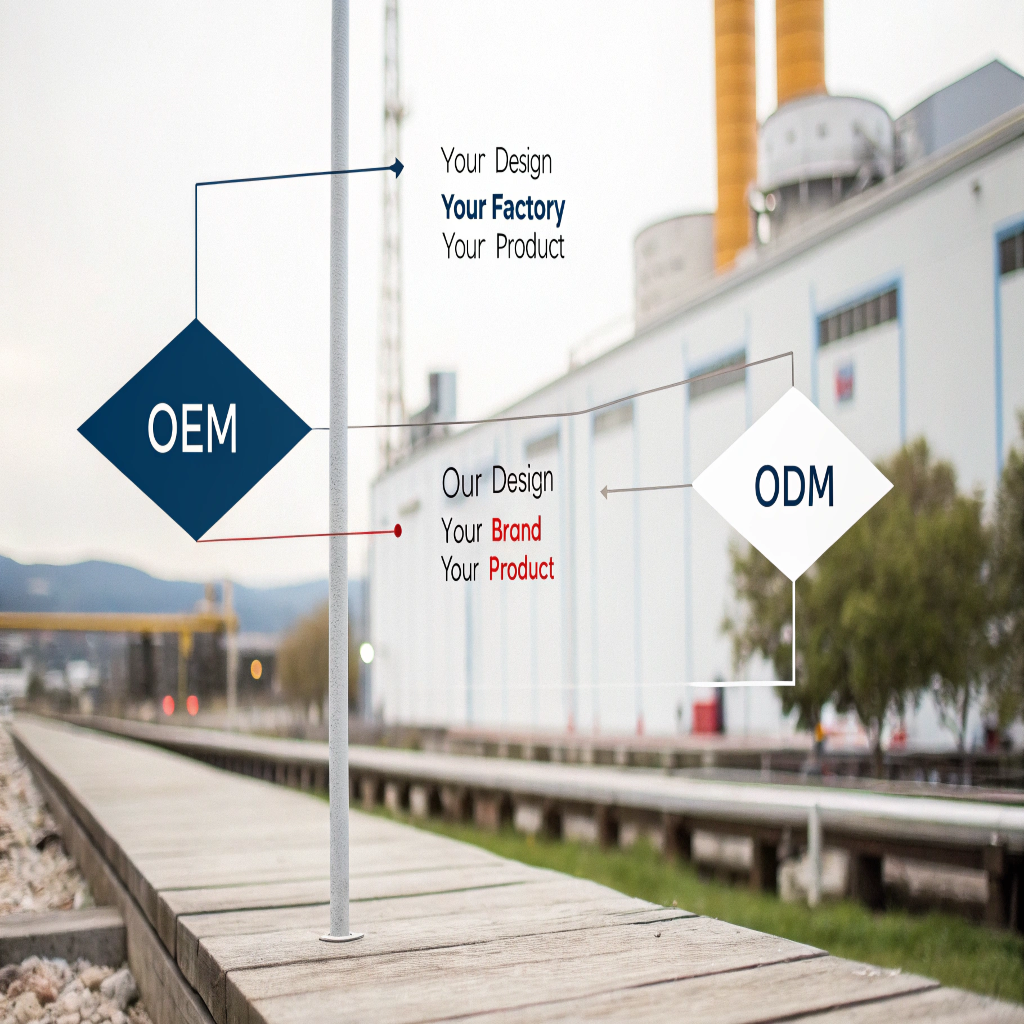
Understanding the distinction is the first step toward a successful manufacturing partnership. Think of it as the difference between building a custom home and buying a new model home. Both result in a great house, but the process, cost, and timeline are completely different.
What is OEM (Original Equipment Manufacturer)? You Design It, We Build It.
With OEM, you are the architect. Your brand provides us with a detailed design file, often called a "tech pack," that specifies everything: dimensions, materials, colors, stitching, and hardware. Your intellectual property (IP) is completely your own. Our role is to use our expertise and equipment to bring your unique vision to life precisely as you imagined it. This path gives you complete creative control and results in a product that nobody else has.
What is ODM (Original Design Manufacturer)? We Design It, You Brand It.
With ODM, we've already done the architectural and design work. We have a catalog of market-tested cosmetic bag designs that are ready for production. You select a design that fits your brand's aesthetic, and then we customize it with your logo, brand colors, and packaging. This is sometimes called "private label." It leverages our investment in design and tooling, allowing you to launch a new product much faster.
What are the core differences between OEM and ODM?
The differences between OEM and ODM seem subtle at first. Not understanding them can lead you down a manufacturing path that doesn't align with your business goals.
The main differences are in design ownership, startup costs, speed-to-market, and product uniqueness. OEM gives you a unique product but is slower and costs more upfront. ODM is faster and cheaper to start but offers less differentiation.
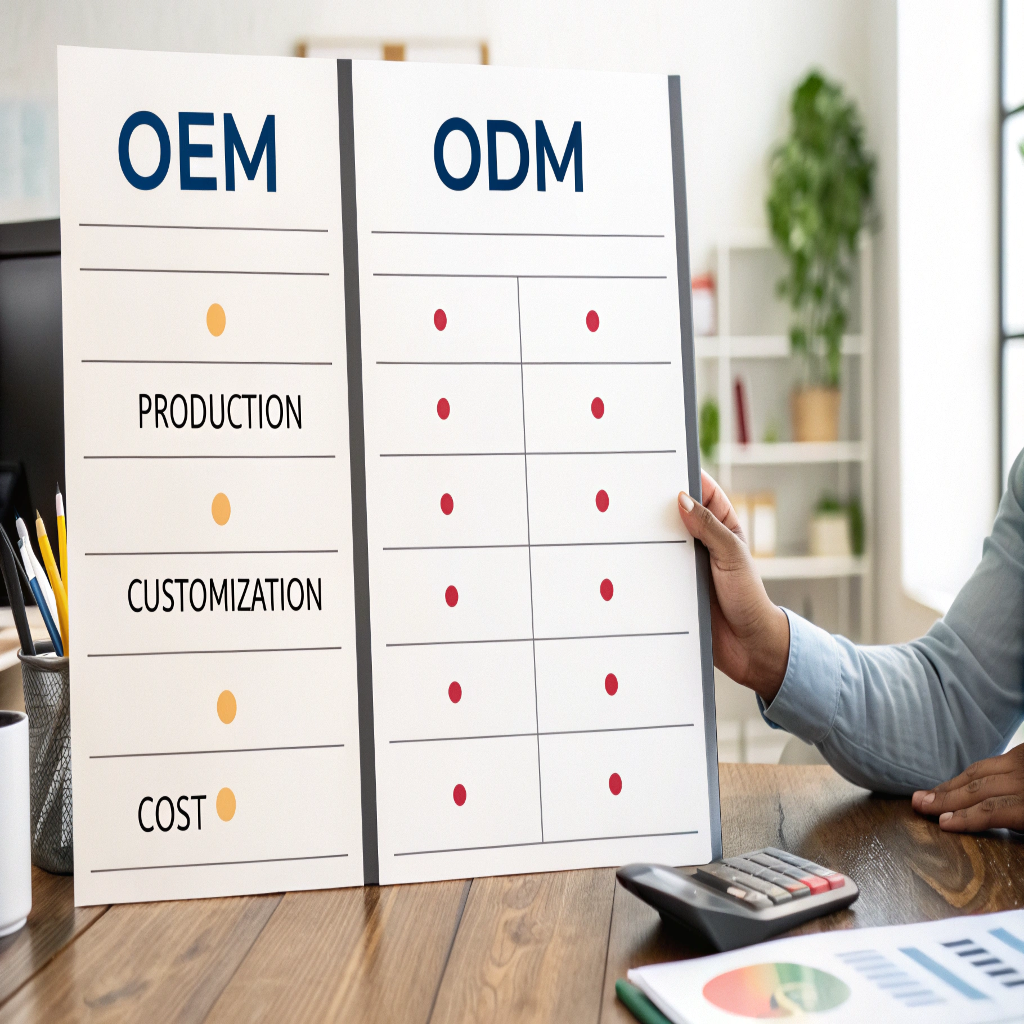
| Feature | OEM (Original Equipment Manufacturer) | ODM (Original Design Manufacturer) |
|---|---|---|
| Design Ownership | Belongs 100% to you (the brand) | Belongs to the manufacturer |
| Product Uniqueness | High – completely unique to your brand | Low – other brands may use the same base model |
| Speed-to-Market | Slower (design, sampling, tooling) | Faster (design and tooling already exist) |
| Start-up Costs | Higher (R&D, custom mold/tooling fees) | Lower (leverages existing R&D and tooling) |
| Brand Input | High – requires detailed tech packs | Low – requires selection and branding choices |
When should you choose the OEM path?
You have a game-changing design idea in your head. But you're unsure if the complex OEM process is worth the effort and investment for your brand right now.
Choose OEM when you have a unique product vision, a strong design capability, and when brand differentiation is your key market strategy. It's the right path for protecting your intellectual property.
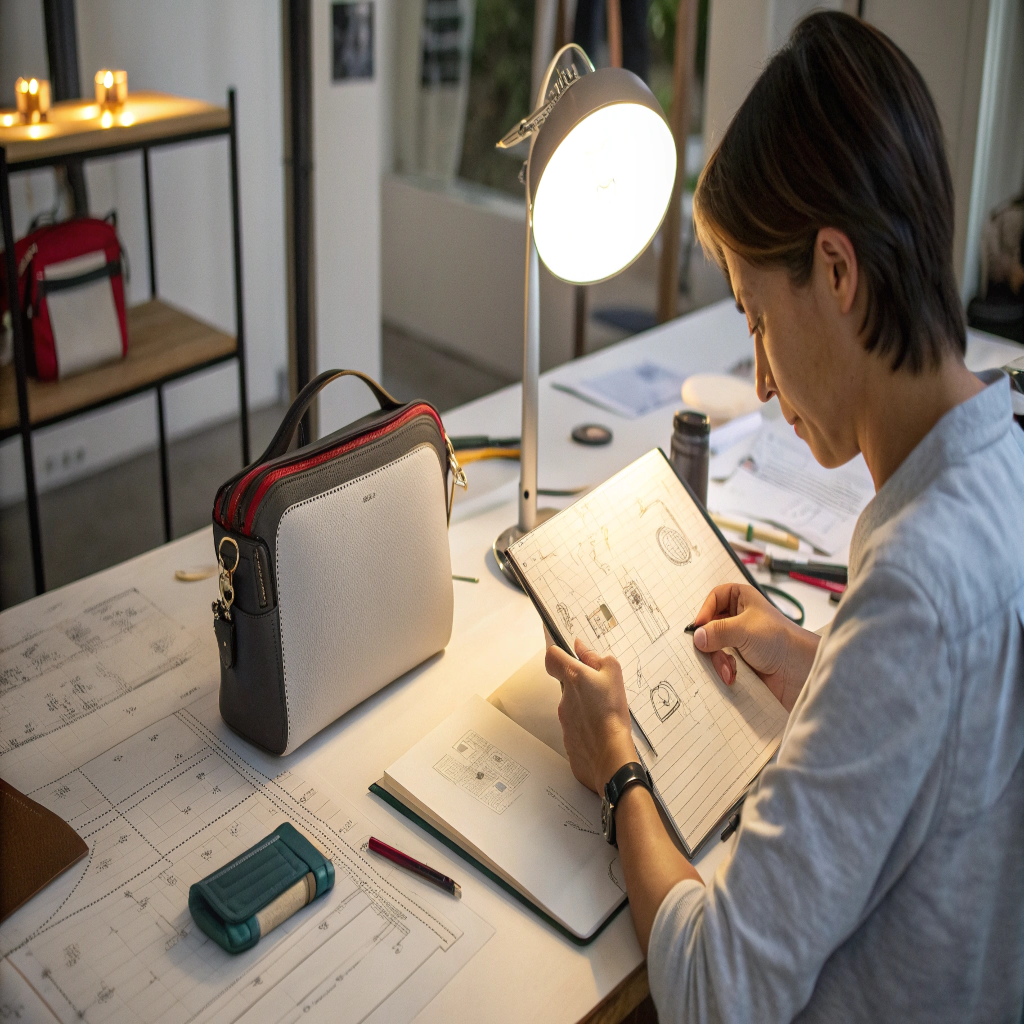
When does the ODM path make more sense?
Your competitors are launching new products fast, and you feel the pressure. You need to get a high-quality product to market quickly without a huge upfront investment.
The ODM path makes sense when speed-to-market is your top priority, you need to test a new product category with lower risk, or you want to leverage proven, market-tested designs.
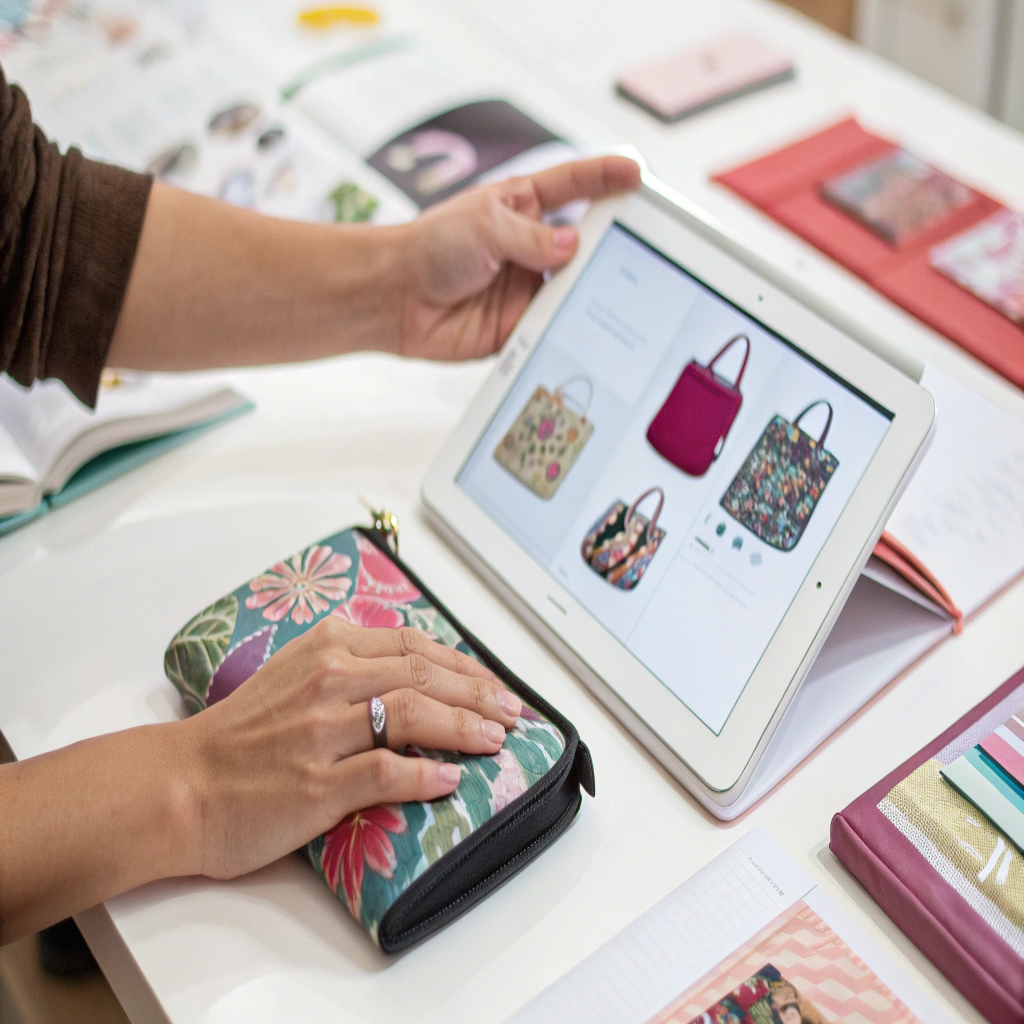
How does RIVTA serve as a partner for both paths?
You need a manufacturing partner who is flexible. Your brand may require OEM for a hero product but benefit from ODM for a seasonal item, and you don't want to manage two different suppliers.
We are experts in both OEM and ODM. We can flawlessly execute your detailed tech packs for a unique creation or help you explore our curated ODM catalog for a fast and efficient launch.
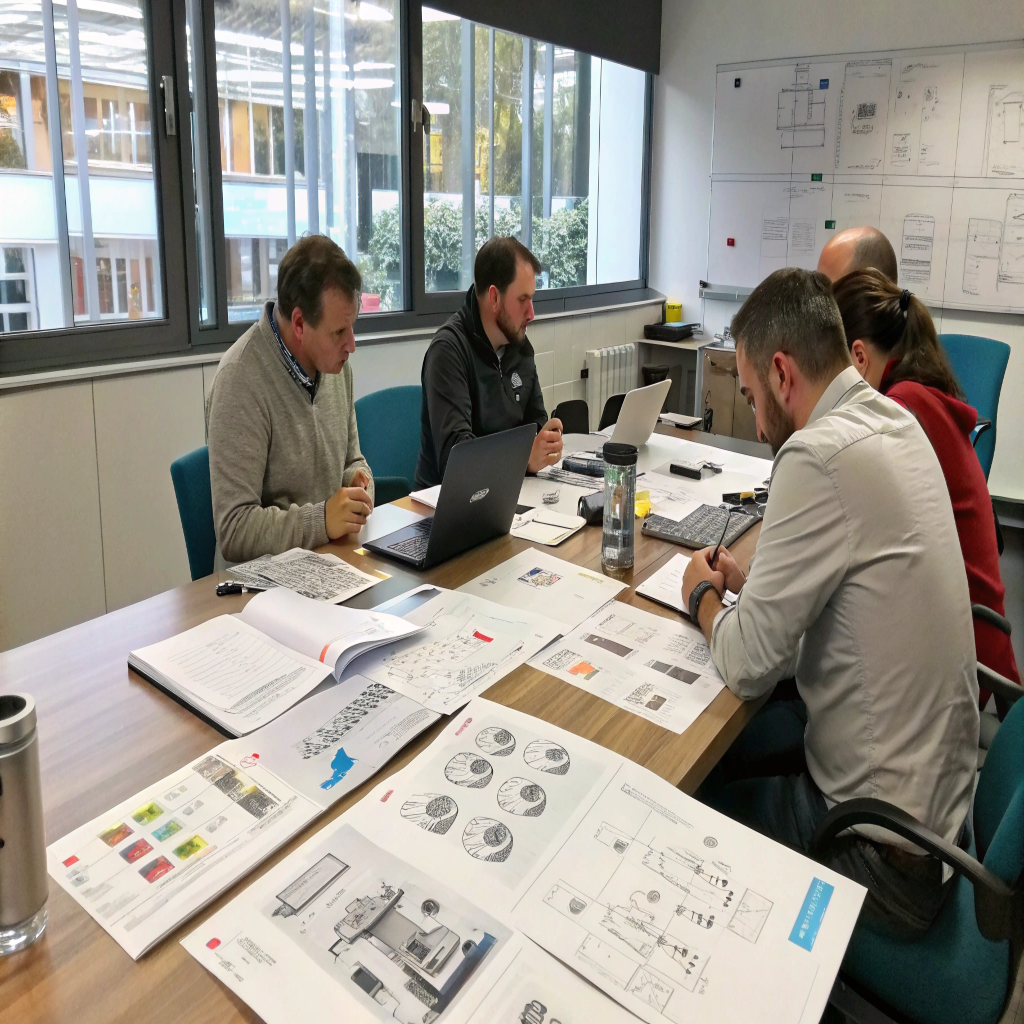
So, which path is right for you?
Choosing between OEM and ODM is a strategic decision. It requires you to be honest about your brand’s current priorities, resources, and long-term goals.
There is no wrong answer. Consider your need for speed, budget, and uniqueness. A thoughtful choice will set your brand up for a successful product launch and sustainable growth.
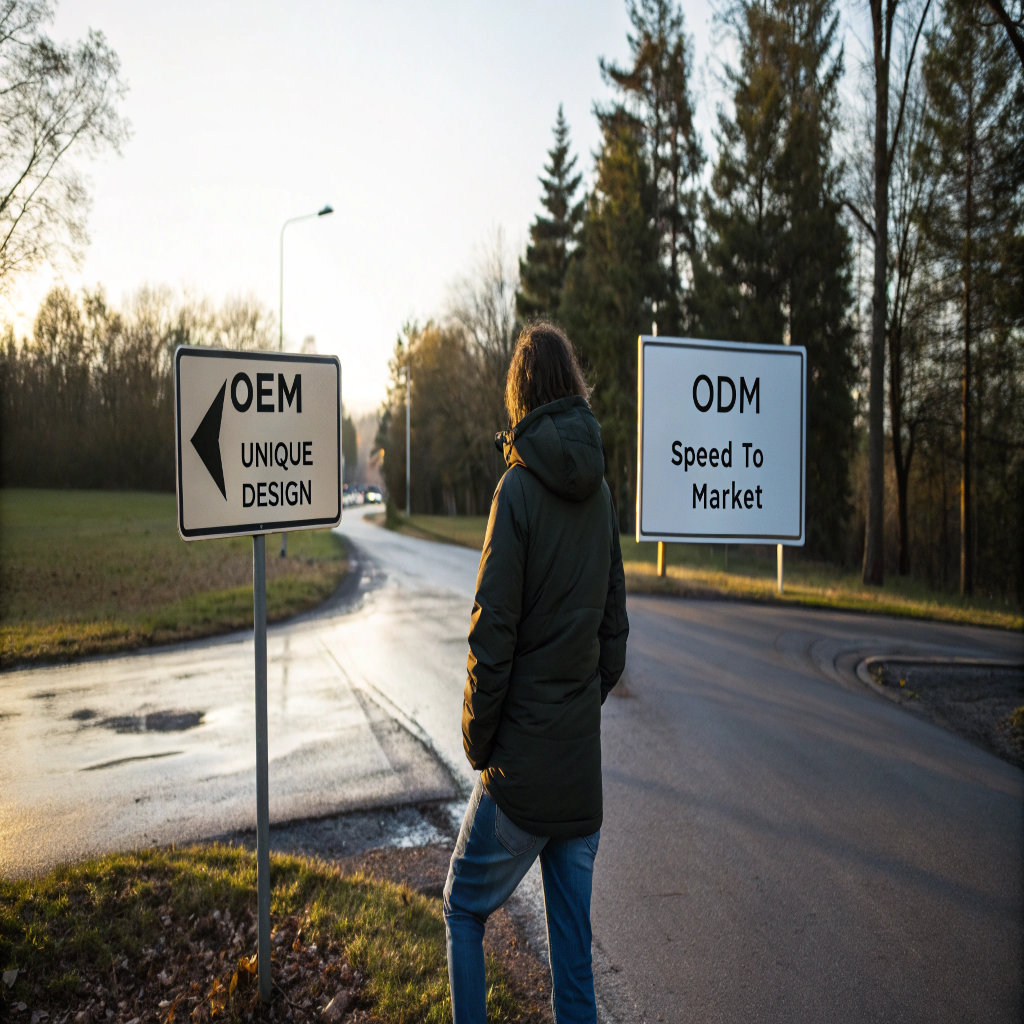
Conclusion
Whether you choose the unique control of OEM or the speed of ODM, understanding the difference is key. Align your choice with your brand's strategy to ensure a successful partnership.
